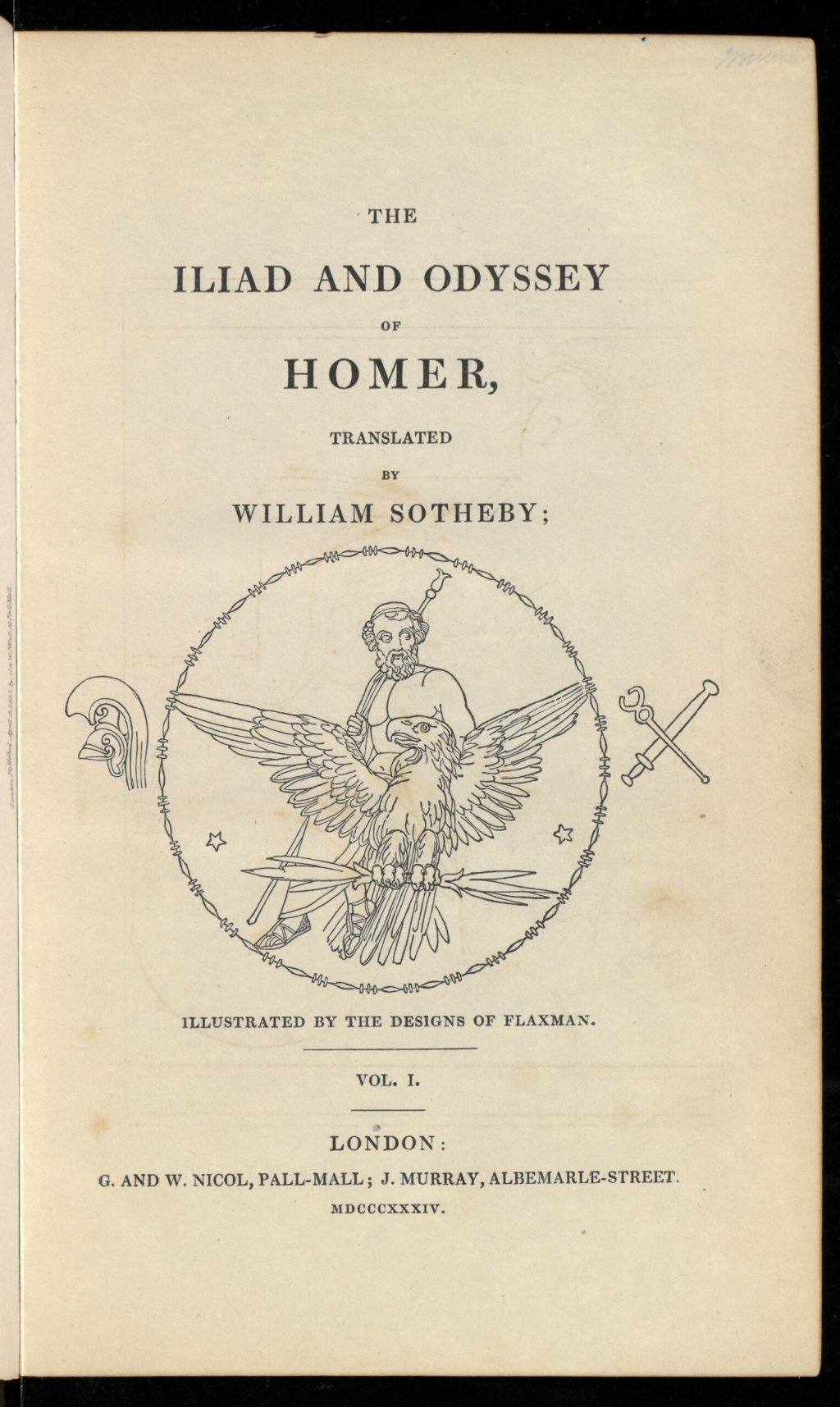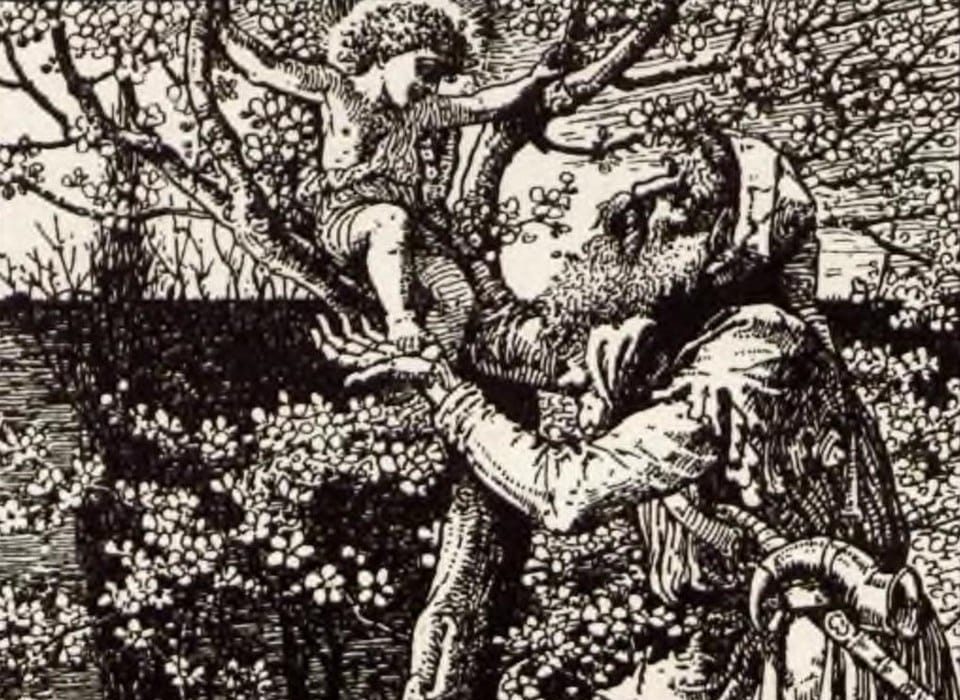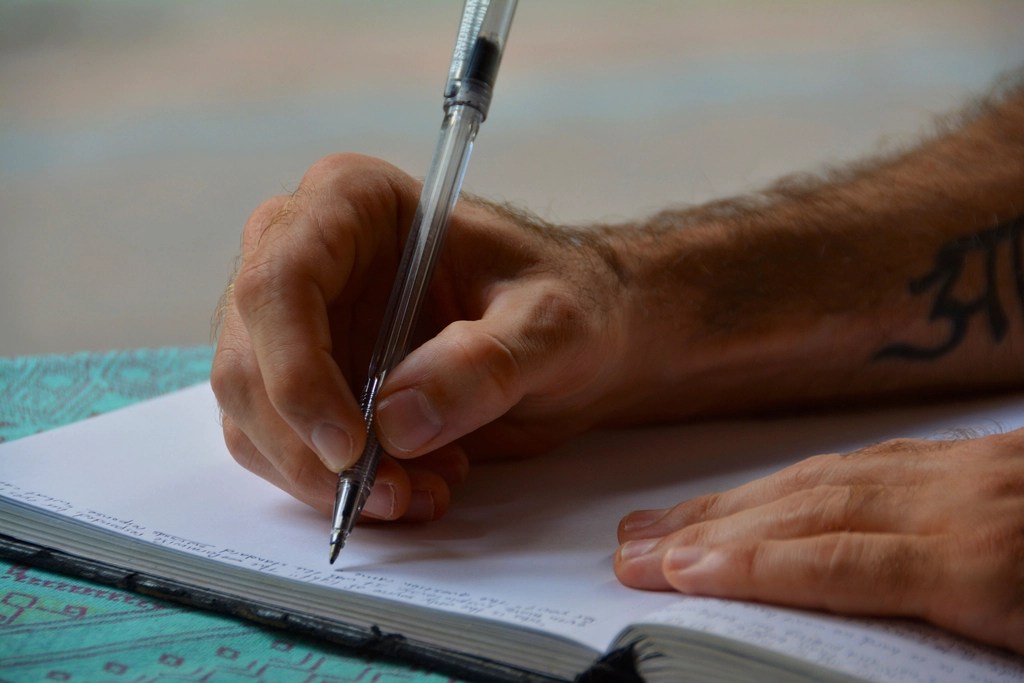New verbiage is crucial in writing to explore different ways to communicate and convey messages. When it comes to literature, it is also important to understand what an author is trying to say. In this post we are going to define epithets and explore how to use them in our own writing.
What is an Epithet?
An epithet is a literary device that uses a descriptor to describe a person, place, or object. These are also known as a by-names or descriptive titles. As some sources define it it: “A characterizing word or phrase accompanying or occurring in place of the name of a person or thing” (Merriam-Webster). Moreover, we categorize epithets a few ways:
- A Kenning: Two-word phrase
- A Fixed: Repeated use of a word (Odysseus as “Many-Minded”)
- Argumentative: A “possible outcome” or repercussions
What Does this Mean?
Epithets can be tricky. As Vocabulary.com writes: “An epithet can be harmless, a nickname that catches on … On the flipside, an epithet can be an abusive word or phrase that should never be used, like a racial epithet that offends and angers everyone.”
Here are a few examples of epithets from all the categories:
- Richard the Lion-Heart
- Trash panda (racoon)
- The Piano Man (for Billy Joel)
- Rost-fingered
- Catherine the Great
- Wine-dark sea
- The Great Emancipator (for Abe Lincoln)
How to Use Epithets in Our Own Writing
When implementing epithets in our own writing, we can go about it a few ways. One way is to enrich characterization by supplying nicknames to our characters that other characters have coined. As such, you create a richer world where there is definitive interaction between people. In this way, epithets can make your writing seem more real and realized. Additionally, epithets can be used to address those derogatory experiences in life, racial or otherwise. Understanding the reasons behind an epithet can help us better contextualize history by understanding society at a given time.





Leave a comment